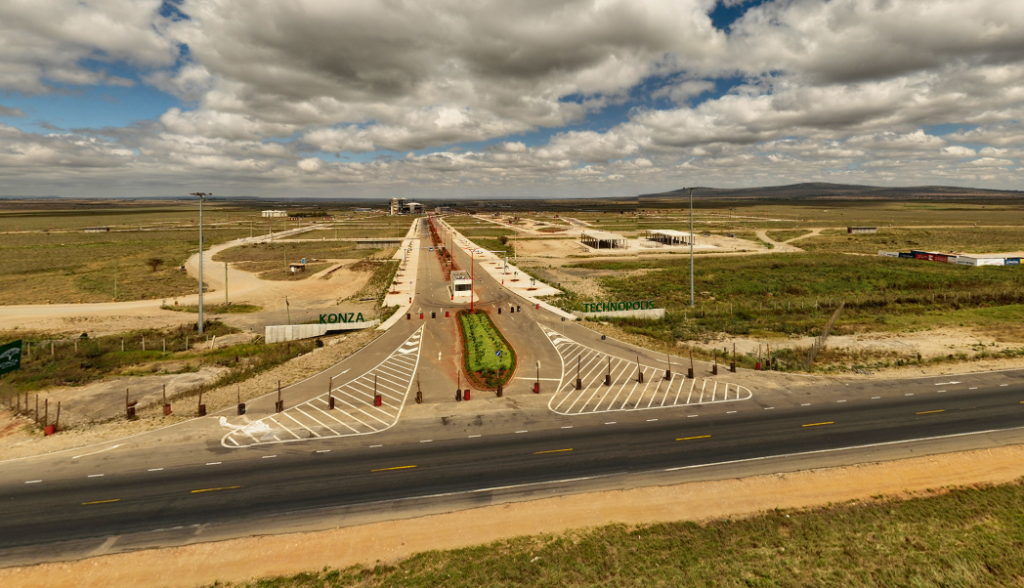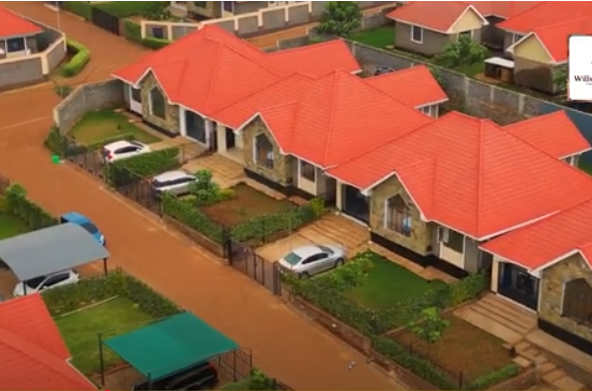Land in Kenya is more than an asset or a production input — it is family, memory, identity and insurance. For many Kenyans the decision to buy, sell, develop or litigate over property is driven as much by emotion and customary duty as by market calculus. Below I lay out the hard data, legal background and concrete case evidence that explain why ancestral land continues to dominate investment choices, inheritance battles and dispute patterns — and what that means for buyers, developers and policy-makers.
1) Scale and structure: community land is the dominant reality
Kenya’s land is not primarily private freehold parcels. Research that maps customary and community holdings estimates that ≈39.3 million hectares — about 69.1% of Kenya’s 56.91 Mha land area — is community land (recognized and unrecognized combined). That means the majority of Kenya’s territory is held under collective/customary arrangements, not single-owner freehold titles.
Why that matters: community land carries social rules, lineage claims, grazing and seasonal rights, sacred sites and customary dispute resolution mechanisms. For investors used to clear individual titles, this social architecture is the first, and sometimes insurmountable, obstacle unless handled sensitively.
Read Also: A Tribute to Nature: Willstone Homes Marks Mazingira Day with a Vision for a Greener Tomorrow
2) The economic weight of land in Kenyan lives

Surveys show land and buildings represent a very large share of household wealth. In one study respondents reported holding up to 47% of personal wealth in land and buildings — meaning land is often the single largest store of value for families and a primary vehicle for intergenerational transfers. That makes any question over a parcel not only transactional, but existential for heirs.
3) Succession and inheritance are top drivers of disputes
National statistics and household surveys place succession and inheritance at the top of household grievances. The KNBS figure widely cited in government and press materials shows 26.2% of households report grievances tied to succession and inheritance, ahead of other categories of complaint. Those conflicts often spill directly into land cases because land is the major asset being transferred without wills or clear documentation.
Practical consequence: unresolved succession issues are a leading reason titles end up subject to caveats, competing claims and litigation — deterring buyers and complicating lending.
4) Courts and commissions are busy — and backlogged — with land matters
The justice system shows the pressure: in recent reporting the justice sector recorded thousands of environment and land matters in a single year — 7,538 environment & land cases filed and 9,528 resolved in the reported period — illustrating both volume and the role of specialized courts (Environment & Land Court) in handling these matters. Meanwhile, the National Land Commission (NLC) has treated thousands of petitions on historical injustices — the Commission reported receipts in the low thousands with roughly 1,000 petitions passing initial thresholds out of 3,742 received in its public statements — a sign of both demand for redress and the scale of unresolved historical claims.
Real-world illustration: in 2025 local communities occupied hundreds of acres of a tea estate in Nandi, citing ancestral use and colonial dispossession — a dispute that combined emotional claims with practical demands for land restitution and which escalated into occupation and public confrontation. That episode underlines how historic grievance + land value = political risk.
5) A short table: key figures at a glance
| Indicator | Figure / Note | Source |
|---|---|---|
| Kenya total land area used in study | 56.91 million hectares | RRI analysis. |
| Estimated community land area | 39.3 million hectares (≈69.1% of total) | RRI analysis. |
| Households reporting succession/inheritance grievances | 26.2% (KNBS derived) | KNBS (reported in KNBS studies / analyses). |
| Environment & Land Court caseload (sample year) | 7,538 filed; 9,528 resolved | Administration of Justice report / NCAJ. |
| NLC petitions received / passed threshold | 3,742 petitions received; ≈1,000 passed threshold for action | National Land Commission / press reporting. |
(Numbers are drawn from government, commission and academic sources cited above; community-land figures are national estimates that mask local variation and the large share of unregistered holdings.)
6) Why emotion and culture matter — five concrete pathways
- Identity & belonging. For pastoralist and many agrarian communities land carries clan history, burial sites and ancestral narratives. Dispossession violates communal dignity — not just pocketbooks.
- Livelihood security. Where formal social security is weak, land is insurance for children, dowries and safety nets. Families resist sale or permanent alienation for long-term security reasons.
- Informal inheritance norms. Many Kenyans still follow customary devolution (male primogeniture, clan allocation or clan trusteeship). The law now recognizes different routes, but practice lags — causing conflicts when informal expectations meet modern titles.
- Historical grievance & political mobilisation. Colonial and post-colonial alienation fuels contemporary land occupations and politically charged reclaiming movements. These actions can be sudden and disruptive to investors; recent high-profile occupations illustrate the risk.
- Weak registration & implementation. The Community Land Act (2016) and Constitution (2010) recognize community rights — yet formal registration and implementation have been slow, leaving customary claims legally vulnerable and contested on the ground.
Read Also: Drone Real Estate Kenya: How Aerial Imaging is Revolutionizing Property Marketing
7) Practical implications — how investors, agents and developers should act

- Do ancestral due diligence. Beyond title searches, map customary use, burial sites and known lineage claims. Speak to elders and local administrators.
- Prioritise clear succession planning. Encourage sellers to produce wills, deeds of transfer and succession records; lack of wills is a predictable source of later dispute.
- Engage NLC & ADR early. When projects touch community land, involve the National Land Commission and use documented Free, Prior & Informed Consent (FPIC) processes to reduce later backlash.
- Budget for social license. Community liaison, benefit-sharing and transparent compensation/programmes are not optional PR — they materially reduce project risk.
land is a contract of memory as much as title
Data and courtroom volumes make clear: ancestral ties are not sentimental extras — they are structurally central to how land is owned, disputed and transferred in Kenya. For anyone making modern property decisions here — developers marketing gated estates, diaspora buyers snapping up plots, or banks underwriting mortgages — success rests on respecting the cultural logic of land. When investment strategies treat land only as a parcel on a plan they risk legal, financial and political disruption. When they treat land as a living social contract — backed by rigorous documentation, inclusive consultation and clear succession planning — they convert risk into durable value.
Read Also: Establishing a meaningful tradition, Celebrating Loyalty — A Tribute to You, Our Esteemed Client





